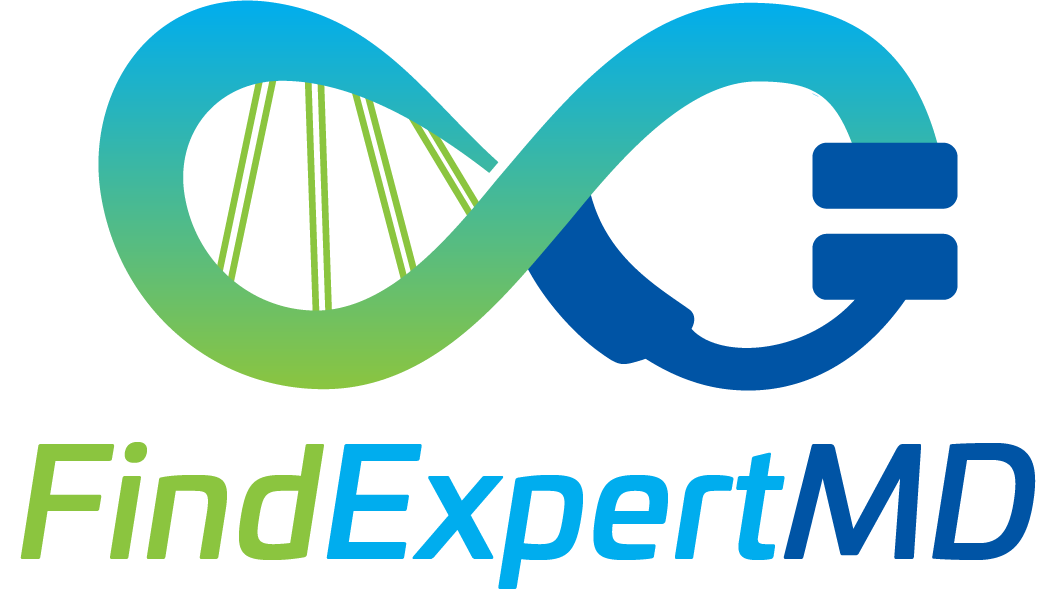472 top medical experts on Drug-Induced Dyskinesia across 37 countries and 31 U.S. states, including 337 MDs (Physicians). This is based on an objective analysis of their Scientific Publications, Clinical Trials, Medicare, and NIH Grants.
- Drug-Induced Dyskinesia: Abnormal movements, including hyperkinesis; hypokinesia; tremor; and dystonia, associated with the use of certain medications or drugs. Muscles of the face, trunk, neck, and extremities are most commonly affected. Tardive dyskinesia refers to abnormal hyperkinetic movements of the muscles of the face, tongue, and neck associated with the use of neuroleptic agents (see antipsychotic agents). (Adams et al., Principles of Neurology, 6th ed, p1199)
- Clinical guidelines are the recommended starting point to understand initial steps and current protocols in any disease or procedure:
- Broader Categories (#Experts): Neurotoxicity Syndromes (2,322), Dyskinesias (4,076), Drug-Related Side Effects and Adverse Reactions (3,185) and Narrower Categories: Tardive Dyskinesia (650).
- Clinical Trials
 : at least 15 including 5 Completed, 5 Recruiting
: at least 15 including 5 Completed, 5 Recruiting - Synonyms: Medication-Induced Dyskinesia
Computing Expert Listing ...
 Find Expert Doctors on Drug-Induced Dyskinesia
Find Expert Doctors on Drug-Induced Dyskinesia